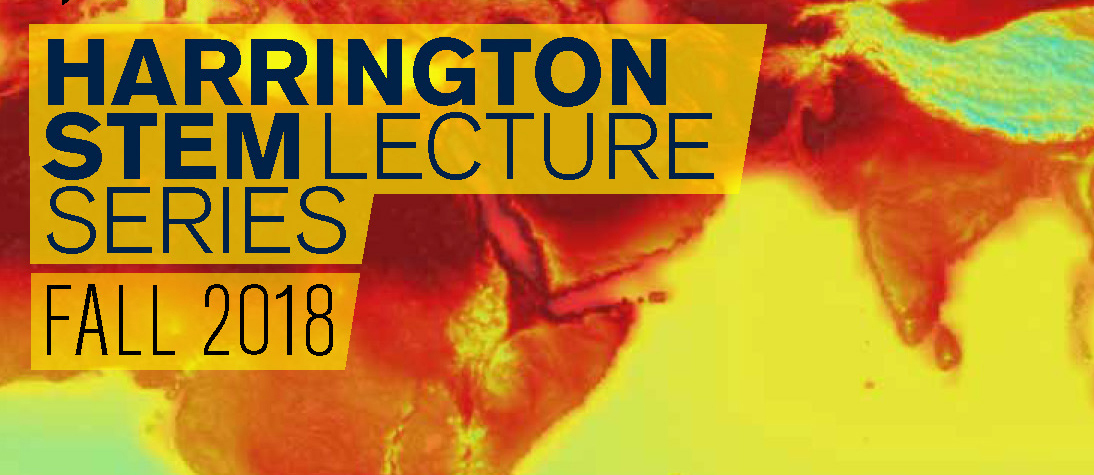
SUNY New Paltz’s Harrington STEM Lecture Series resumes this fall with three lectures delivered by three of the nation’s most respected scientists and researchers.
Harrington STEM Lectures are designed with general audiences in mind, presented by speakers whose goal is to describe recent advances and share scientific insights in a style that is accessible to experts and non-experts alike.
All lectures are held on the New Paltz campus in the Coykendall Science Building Auditorium, beginning at 5 p.m. They are free and open to the public, and include a reception at 4:30 p.m. that offers students, faculty and community members a chance to speak with the visiting scholars.
This School of Science & Engineering colloquium series is named for John Harrington, the School’s founding Dean, who was dedicated to delivering STEM education to audiences of all backgrounds.
Tuesday, Sept. 18, 5 p.m.
“Patterns Around You: Excitable Systems in the Lab, in Nature, and on Humans”
Niklas Manz, Assistant Professor of Physics, the College of Wooster
Abstract: Excitation waves are propagating spatiotemporal structures observed in many biological, chemical, and physical systems. They can be described as a reaction-diffusion (RD) wave in which an autocatalytic reaction zone propagates via diffusion without mass transport. More common types of RD waves are the propagation of an action potential in a nerve, the spread of electrical depolarization waves on the heart surface, the (human spectator) stadium wave, or a forest fire. All RD systems can be described with one set of coupled, nonlinear differential equations and experimentally investigated with, for example, a chemical tabletop model system, the Belousov-Zhabotinsky reaction.
Tuesday, Oct. 16, 5 p.m.
“Low Latitude Arc-Continent Collision as a Driver for Global Cooling”
Oliver Jagoutz, Associate Professor of Geology, Massachusetts Institute of Technology
Abstract: Throughout most of Earth’s history, the global climate was much warmer than the climate we are experiencing today and the poles were mostly ice-free. However, the Earth has experienced a few so-called ice-ages where poles were covered in ice, like today. These ice-ages are relatively brief periods and irregularly spaced in time. The global climate is dominantly controlled by pCO2 concentration in the atmosphere/ocean system. Over geologic time, atmospheric pCO2 is regulated by a balance between sources and sinks, including the products of volcanism, metamorphism and silicate weathering, which are fundamentally the results of plate tectonic processes. Attempts to relate particular episodes of Cretaceous to recent climate change to specific tectonic events remain controversial.
Tuesday, Nov. 13, 5 p.m.
“Listening to the Universe with Gravitational Waves”
Peter Saulson, Professor of Physics, Syracuse University
Abstract: On Sept. 14, 2015, a gravitational wave signal was received by the Laser Interferometer Gravitational-wave Observatory (LIGO). It was generated by the collision of two black holes, each around 30 times as massive as the sun, about 1.3 billion light years away. The signal, the first ever reception of gravitational waves, tells the story of the last two tenths of a second of the lives of those two black holes, and the first few milliseconds of the life of the 60 solar mass black hole that they formed. Since then, LIGO and its sister project Virgo have heard signals from a number of other collisions; the most spectacular was the reception on August 17, 2017 of the signal of a collision between two neutron stars, similar in “sound” to a black hole collision, but in this case also accompanied by flashes of gamma rays, visible light, radio waves and X-rays. This talk will explain the basics of gravitational waves, how we detect them, and the highlights of what we are beginning to learn about the universe by observing it in this new way.

